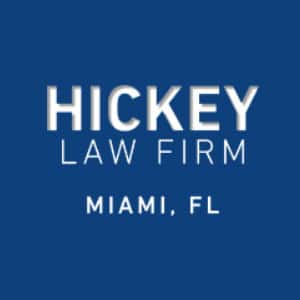What Are SLAP Tears & How do They Occur in Shoulder Injuries
A SLAP tear is an injury to a part of the shoulder joint called the labrum. The shoulder joint is a ball and socket joint, similar to the hip; however, the socket of the shoulder joint is extremely shallow, and thus inherently unstable. To compensate for the shallow socket, the shoulder joint has a cuff of cartilage called a labrum that forms a cup for the end of the arm bone (humerus) to move within. A specific type of labral tear is called a SLAP tear; this stands for Superior Labrum from Anterior to Posterior. The SLAP tear occurs at the point where the tendon of the biceps muscle inserts on the labrum. There are several injury mechanisms that are speculated to be responsible for creating a SLAP lesion. These mechanisms range from single traumatic events to repetitive microtraumatic injuries. Common reasons for a SLAP tear include: • Fall onto an outstretched hand • Repetitive overhead actions (throwing) • Lifting a heavy object The area of the labrum where the SLAP tear occurs is susceptible to injury because it is an area of relatively poor vascularity. Other parts of the labrum often heal more easily because the blood supply delivers a healing capacity to the area of the tear. In the area of SLAP tears this is not the case, and chronic shoulder pain can result. Although everyone is different the most typical symptoms of a SLAP tear is a catching sensation and pain with movement. These are made worse by overhead activities such as throwing ironically the very activity that most likely caused the tear in the first incidence. Patients usually complain of pain at the back or deep within the shoulder. Patients find it hard to pinpoint symptoms to a specific isolated area, unless the biceps tendon is also involved. How is a SLAP tear diagnosed? Most patients with SLAP tears will respond to non surgical or conservative treatment. The most important factor after the initial injury is to rest to allow the injured tissue to cool down and for the inflammation to subside. This may alleviate symptoms and in many cases no further intervention will be needed. If symptoms persist then other treatments are often tried other than surgery these treatments include: • Physical therapy • Anti-inflammatory medication • Cortisone injections If symptoms persist then arthroscopic surgery of the shoulder is a good idea. SLAP tears often occur along with other shoulder problems such as rotator cuff tears, and even shoulder arthritis. Arthroscopy the shoulder to be fully explored and any further surgery will then allow for all problems. Common treatment options for SLAP tears are: Debridement of the SLAP tear: Debradment is shaving away the torn portion of the labrum in order to leave a smooth edge. This option is only suitable for very small tears that do not involve other tendons or factors in the shoulder. Biceps tenodesis: This cuts the biceps tendon from the labrum attachment and reinserts it in another area. This decreases the pull on the SLAP region and thus alleviates symptoms. This procedure is often performed on patients over 40 years of age or those patients with additional biceps tendonitis or tearing. SLAP repair: A SLAP repair done arthroscopically and re-attaches the torn labrum down to the shoulder socket. It is suitable for those patients with no other problems in the shoulder and for those who are very active. Once healed, the SLAP repair allows normal function to occur. The disadvantage is that the shoulder is prone to reoccurrence of the tear and both the debraidment and the SLAP repair should be accompanied with extensive physiotherapy Your surgeon will go over these fully with you and discus which method is suitable for you.

Attorney John H. (Jack) Hickey and his team handle a wide range of cases, including but not limited to cruise ship accidents, admiralty and maritime accident cases, medical malpractice, wrongful death, premises liability, railroad accidents and car accidents. We represent victims from all over the nation, the world and the state of Florida.

